Musical Instrument Museums
Proudly Written By Pro-Pianist & Conductor, Robert Emery for teds-list.com

Musical instrument museums are institutions that collect and care for musical instruments.
The Musical Instrument Museum in Brussels is one of the most important musical instrument museums in the world. It has a collection of over 8,000 instruments from all over the world.
The Musical Instrument Museum in Berlin is another important musical instrument museum. It has a collection of over 4,000 instruments.
The Musical Instrument Museum in London is also a great museum and has a collection of over 2,000 instruments.
These are just some of the most important musical instrument museums. There are many other smaller ones in cities all over the world. They are a great way to learn about the history of musical instruments and their evolution.
In this list below, you’ll find the top 10 Musical instrument museums (and more!) around the world.
The Royal College of Music Museum — London, England
The Royal College of Music Museum in London is one of the world’s leading institutions for the study of musical instruments. The museum has a collection of over 3,000 instruments from all over the world, ranging from ancient to modern times. The museum is open to the public and offers a variety of educational programmes and events.

Sammlung alter Musikinstrumente, Kunsthistorisches Museum — Vienna, Austria
The Sammlung alter Musikinstrumente in Vienna is one of the foremost musical instrument museums. It houses over 3,500 instruments, dating from the 15th to the 19th centuries. The collection includes everything from violins and flutes to lutes and harpsichords.
The Kunsthistorisches Museum in Vienna is also home to a significant musical instrument collection. This museum’s collection is particularly strong in 17th-century keyboard instruments. It includes over 30 keyboards, as well as a wide variety of other instruments.
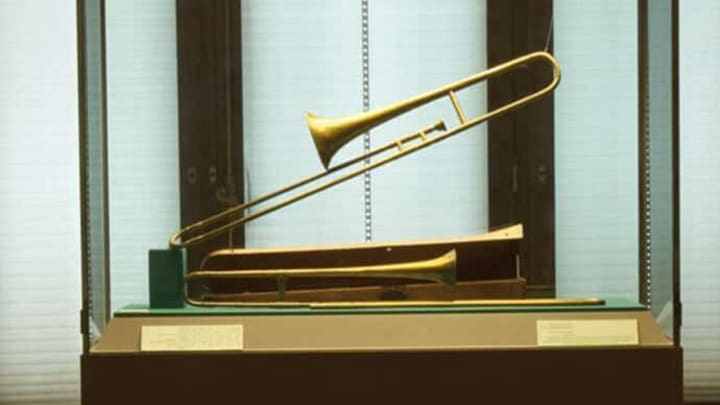
National Museum Sharan Rani Gallery of Musical Instruments — New Delhi, India
The National Museum in New Delhi, India has a large and varied collection of Musical Instruments from all over the world. The gallery is named after the Late Smt. Sharan Rani, who was a well-known Sarangi player of India.
The gallery has on display a wide range of Musical Instruments from various countries like Afghanistan, China, Egypt, France, Greece, Indonesia, Iran, Iraq, Japan, Korea, Nepal, Persia, Russia, Spain and Thailand. These Musical Instruments have been acquired through purchases, donations and exchanges with other museums.

Some of the Musical Instruments in the gallery are:
- Afghan Rubab: It is a string instrument which is played with a bow. It has a double-chambered body with two sound holes.
- Chinese Erhu: It is a two-stringed bowed Musical Instrument which belongs to the huqin family. It has a cylindrical body and is usually played with a bow.
- Egyptian Ney: It is a Musical Instrument which is made from reeds. It has a flute-like sound and is used in various genres of music like Sufi music and Arab classical music.
- French Horn: It is a brass Musical Instrument which belongs to the horn family. It has a conical bore and is usually played with the right hand.
- Greek Lyre: It is a stringed Musical Instrument which was used in ancient Greece. It has a pear-shaped body and is usually played with the right hand
- Indonesian Gamelan: It is a Musical Instrument which is made from bronze. It has a gong-like sound and is used in various genres of music like Javanese and Balinese music.
- Iranian Santur: It is a Musical Instrument which belongs to the zither family. It has a trapezoidal body and is usually played with the right hand.
- Iraqi Santur: It is a Musical Instrument which belongs to the zither family. It has a trapezoidal body and is usually played with the right hand.
- Japanese Koto: It is a Musical Instrument which belongs to the zither family. It has a rectangular body and is usually played with the right hand.
- Korean Gayageum: It is a Musical Instrument which belongs to the zither family. It has a trapezoidal body and is usually played with the right hand.
- Nepalese Sarangi: It is a Musical Instrument which belongs to the bowed string family. It has a double-chambered body and is usually played with the right hand.
- Persian Santur: It is a Musical Instrument which belongs to the zither family. It has a trapezoidal body and is usually played with the right hand.
- Russian Balalaika: It is a Musical Instrument which belongs to the string family. It has a triangular body and is usually played with the right hand.
- Spanish Guitar: It is a Musical Instrument which belongs to the guitar family. It has a cylindrical body and is usually played with the right hand.
- Thai Kantrum: It is a Musical Instrument which belongs to the zither family. It has a trapezoidal body and is usually played with the right hand.
Bate Collection of Musical Instruments — University of Oxford, England
The Bate Collection of Musical Instruments is a world-renowned collection of over 1,000 musical instruments from all over the globe. The collection includes everything from ancient Greek and Roman instruments to modern-day instruments from all over the world. The Bate Collection is one of the most important collections of musical instruments in the world and is open to the public for free.

Horniman Museum and Gardens Music Gallery — London
The Horniman Museum and Gardens has one of the most comprehensive collections of musical instruments in the UK. The Music Gallery features over 1,000 instruments from around the world, including a wide range of traditional and contemporary items. Highlights include a rare 17th-century Italian viola da gamba, Japanese koto from the 18th century, and a selection of African drums.

Musée de la Musique, Cité de la Musique — Paris, France
The Musical Instrument Museum in Paris is one of the largest and most important collections of musical instruments in the world. The museum has over 7,000 instruments from all over the world, ranging from ancient to modern times. The collection includes everything from guitars and violins to pianos and organs.
The museum also has a library with over 200,000 items, including sheet music, manuscripts, and books about music. The Musical Instrument Museum is open to the public from Tuesday to Sunday. Admission is free for children under 18 years old.
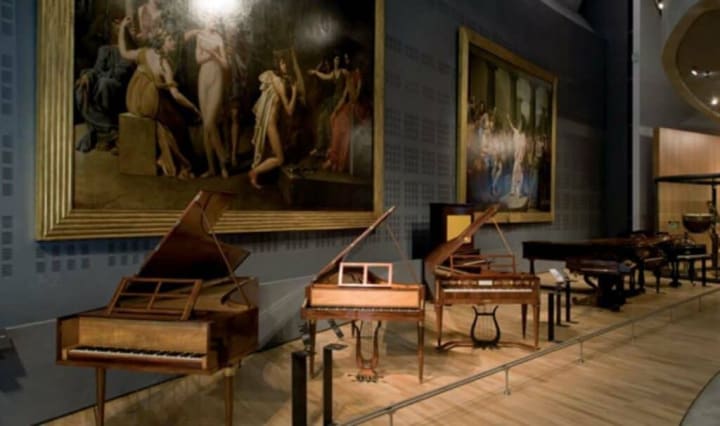
Musée des Instruments à Vent — La Couture-Boussey, France
Musical instrument museums are a great way to learn about the history of music and how different instruments have been used over the years. The Musical Instrument Museum in La Couture-Boussey, France is a great example of such a museum. This museum has a wide collection of wind instruments, ranging from ancient flutes to modern-day saxophones.
The Musical Instrument Museum is open Tuesday to Saturday from 10am to 6pm, and admission is free for all visitors.

Museum Vleeshuis — Antwerp Belgium
The Musical Instrument Museum in Antwerp is one of the oldest and most important musical instrument museums in the world. Founded in 1877, it houses over 3,000 instruments from all over the globe, making it an incredible place to learn about the history and evolution of musical instruments.
The museum is home to a wide variety of instruments, from ancient Greek lyres to modern-day electric guitars, and everything in between. You can see how instruments have changed and developed over time, and learn about the different cultures that have used them.
There are also interactive exhibits where you can try out some of the instruments for yourself. So whether you’re a musician or just a music lover, the Musical Instrument Museum is definitely worth a visit.
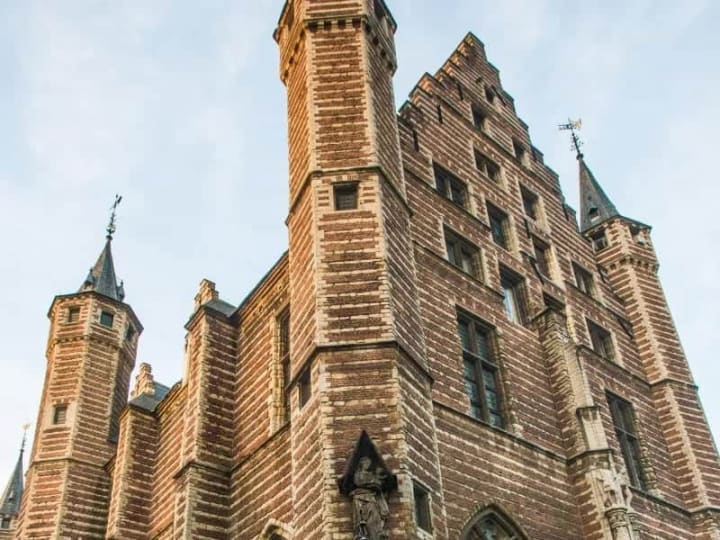
Musical Instrument Museum — Brussels Belgium
The Musical Instrument Museum in Brussels, Belgium is home to over 8,000 instruments from all over the world. The collection includes everything from ancient Egyptian instruments to modern-day electronic keyboards. Visitors can see how different cultures have used different types of instruments throughout history.
The museum is divided into four main sections: Western Musical Instruments, Asian Musical Instruments, Traditional Musical Instruments, and Popular Musical Instruments. There is also a section on the history of musical instruments, which traces the origins and evolution of various instruments.

The Western Musical Instruments section includes instruments from the Renaissance and Baroque periods, as well as more modern instruments such as pianos and violins. The Asian Musical Instruments section includes a wide variety of traditional instruments from China, Japan, and India. The Traditional Musical Instruments section includes folk instruments from Europe and Africa. The Popular Musical Instruments section includes items such as guitars, drums, and synthesizers.
Visitors can also see how musical instruments are made, repaired, and played. There are demonstrations throughout the day, as well as workshops where people can try their hand at playing various instruments. The Musical Instrument Museum is a great place to learn about the history and diversity of musical instruments from all over the world.
Musikinstrumenten-Museum der Universität Leipzig — Leipzig, Germany
The Musical Instrument Museum of the University of Leipzig is one of the most important musical instrument museums in Europe. It has a collection of over 3,500 instruments from all over the world, ranging from ancient to modern.
The museum was founded in 1894 by the musicologist Hugo Riemann, and is housed in the former Thomaskirche (St. Thomas Church). The church was badly damaged in World War II, but was restored in the 1950s.
The Musical Instrument Museum is open to the public Tuesday to Sunday from 10am to 6pm. Admission is free for students and children under 18 years old.
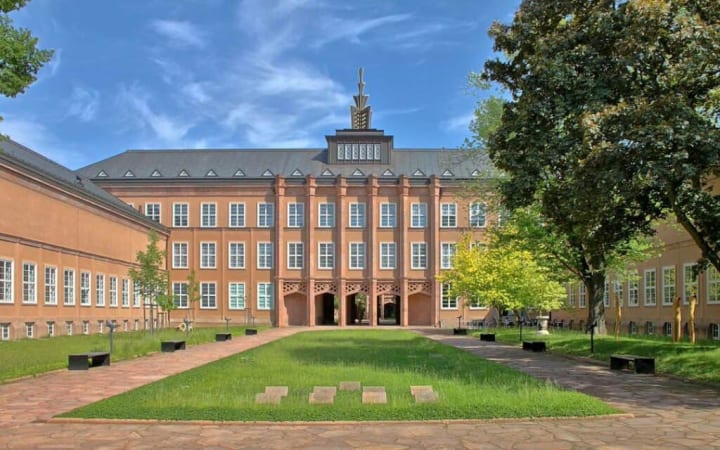
Hamamatsu Museum of Instruments — Shizuoka, Japan
The Hamamatsu Museum of Instruments in Shizuoka, Japan is a must-visit for music lovers and instrument enthusiasts. The museum houses a collection of over 1,000 musical instruments from all over the world, making it one of the largest collections in Asia.
The museum is divided into four main sections: Western Musical Instruments, Asian Musical Instruments, Traditional Musical Instruments, and Popular Musical Instruments. There is also a section on the history of musical instruments, which traces the origins and evolution of various instruments.
One of the highlights of the museum is the “sound barrel”, a giant wooden barrel that you can walk inside and experience the sound of different instruments being played. The museum also has a shop where you can buy musical instruments and souvenirs.
If you’re ever in Shizuoka, be sure to check out the Hamamatsu Museum of Instruments!

Musical Instrument Museum, Madrid, Spain
The Musical Instrument Museum in Madrid, Spain is one of the finest in the world. Housed in an 18th-century palace, the museum has an impressive collection of over 4,000 instruments from all over the globe.
The museum’s collection is arranged chronologically, so you can trace the development of musical instruments through the ages. Highlights include a Stradivarius violin and a 16th-century lute.
There are also interactive exhibits where you can try out some of the instruments for yourself. The Musical Instrument Museum is a must-visit for any music lover.

Musical Instrument Museum, New York City, United States
The Musical Instrument Museum (MIM) in New York City is a musical instrument museum that displays a wide variety of musical instruments from all over the world.
The museum was founded in 2016 by philanthropist and music lover Robert F. Weisberg. The museum’s collection includes more than 1,000 instruments from around the world, including rare and historic instruments.

The Musical Instrument Museum is located in the Upper West Side of Manhattan, near Central Park. The museum is open to the public Tuesday through Sunday, and admission is free for children under 12 years of age.
Musical Instrument Museum, Rome, Italy
The Musical Instrument Museum in Rome is one of the most important musical instrument museums in the world. It was established in 1874 by Giovanni Sgambati and is housed in the Palazzo Barberini. The museum’s collection includes over 4,000 musical instruments from all over the world, ranging from ancient to modern times. The Musical Instrument Museum is open to the public Tuesday to Saturday from 9:00am to 1:00pm.

Musical Instrument Museum of La Plata, Argentina
The Musical Instrument Museum of La Plata (MIML) is one of the largest and most important musical instrument museums in South America. It is located in the city of La Plata, Argentina.
The MIML was founded in 1971 by Dr. Alberto Furet, a musicologist and collector of musical instruments. The museum has a collection of over 4,000 musical instruments from all over the world, including Europe, Asia, Africa, and the Americas.
The MIML is open to the public from Monday to Friday, 9am to 5pm. Admission is free.
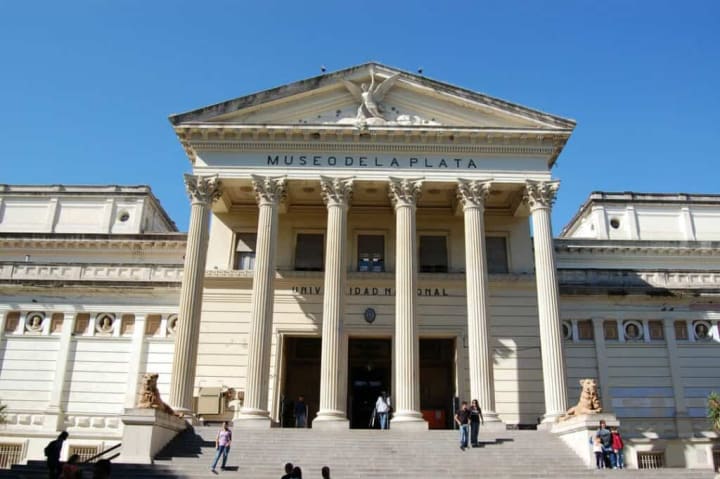
Summary
Musical instrument museums are institutions that collect, preserve, and make accessible musical instruments and their associated artefacts. These museums typically display their collections to the public through exhibitions that may be permanent or temporary.
Some museums also have active educational programmes such as concerts, lectures, and workshops. Musical instrument museums can be found in a variety of locations around the world, including Europe, Asia, Africa, and the Americas.
They are all worth a visit, and if you feel like we have missed any out from this list, do let us know in the comments on the original article! You can do that by visiting the Ted’s List website, which is full of other articles, lists and reviews!
About the Creator
Ted's List
Do you need advice or reviews on anything related to music or musical instruments? Ted's List is the world's leading community, here to help you. Ted's List is the world's best resource to help you.






Comments
There are no comments for this story
Be the first to respond and start the conversation.